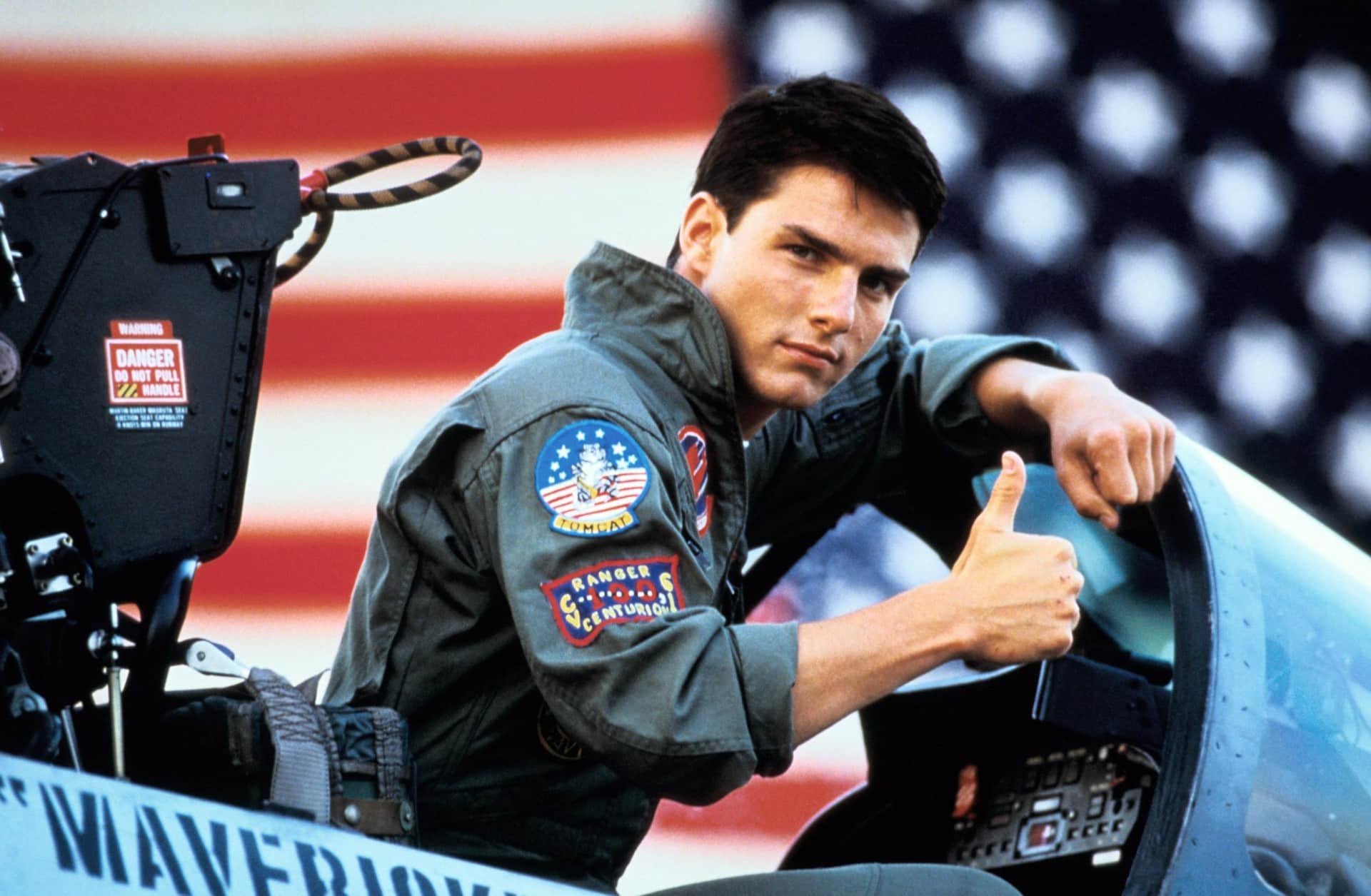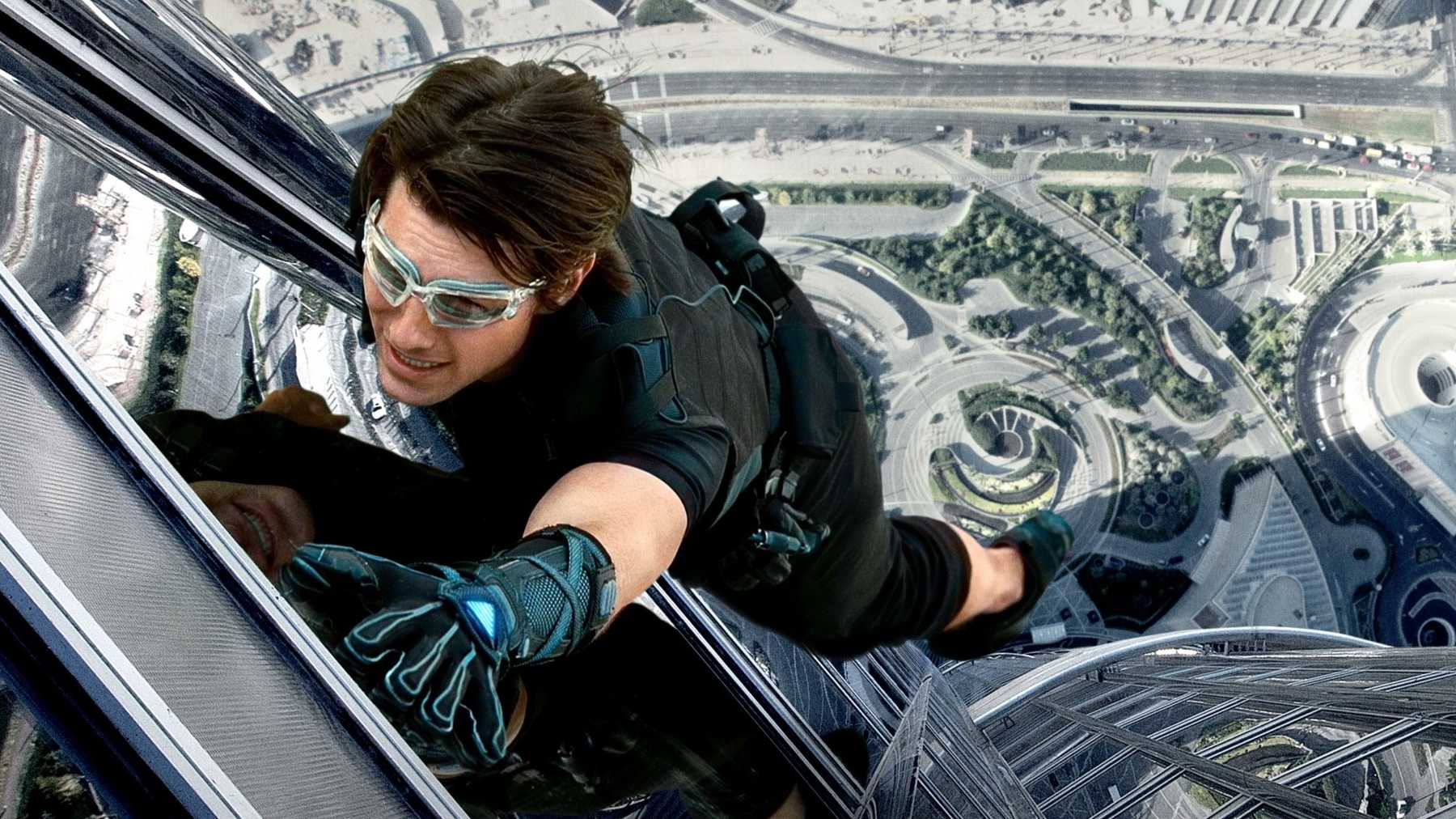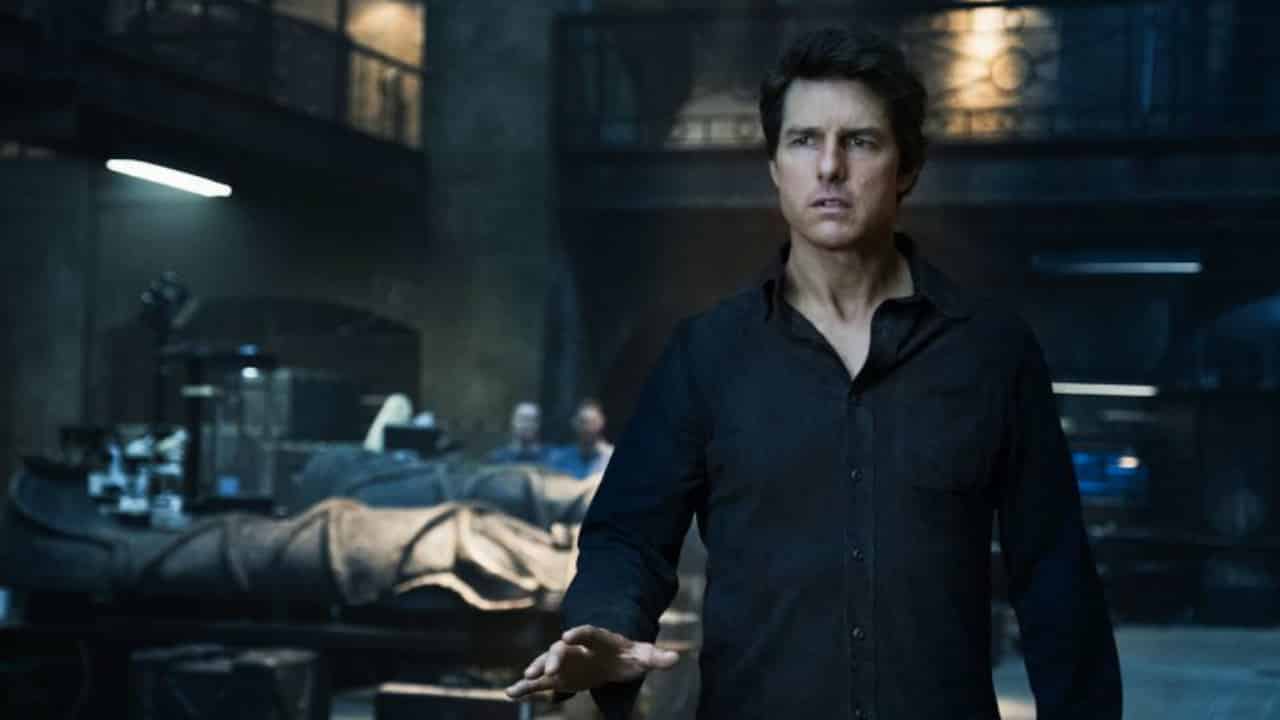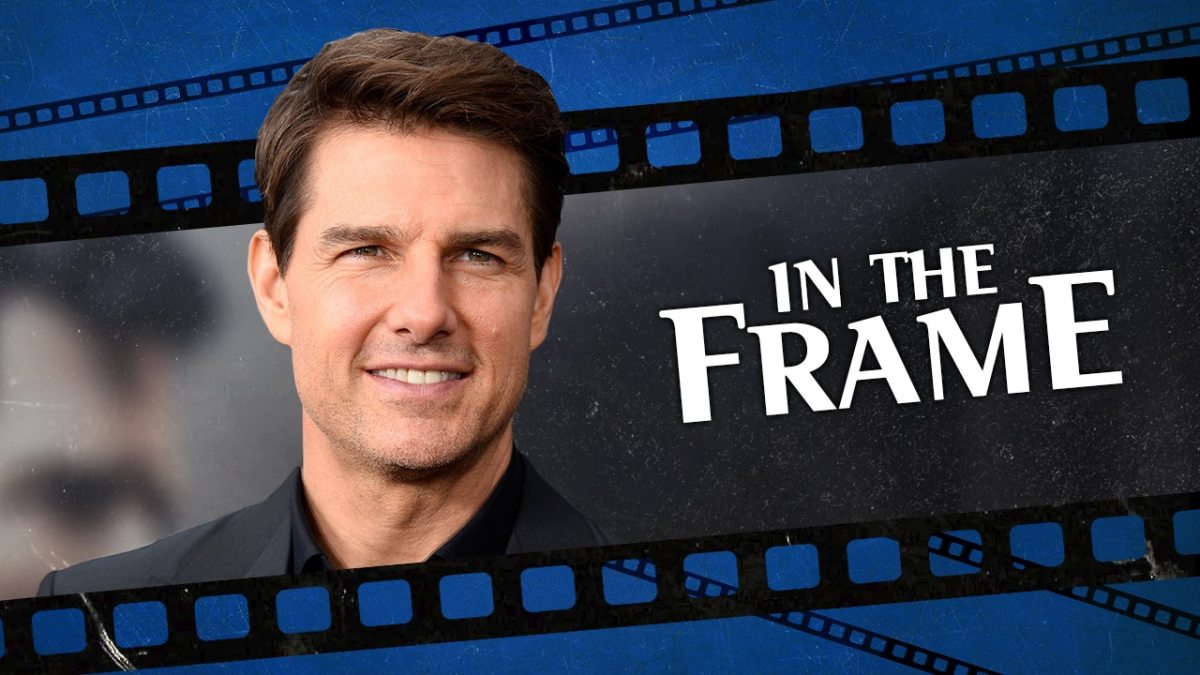With apologies to the Fast & Furious franchise, Tom Cruise has entered the cinematic space race. Cruise is reportedly considering shooting a live-action narrative feature in space with NASA and Elon Musk. While this seems quite unlikely to actually happen, it does get at an interesting aspect of Cruise’s celebrity. These days, Cruise seems like one of the last stars who could escape gravity.
It is a cliché to argue that the movie star is dying. However, like all clichés, there is some truth to it. In modern Hollywood, development is driven more by intellectual property than star power. Sometimes the two are difficult to distinguish. There are very few big names who can open a blockbuster without an established brand underpinning them. Leonardo DiCaprio might not actually be the last movie star, but it sometimes feels like he is.
What does it mean to be a movie star in an era where J.J. Abrams can pick an actor like Daisy Ridley who was working minimum wage at a bar and cast her as the lead of a $2B smash? Before he was cast as the eponymous god in Thor, Chris Hemsworth was best known for a brief appearance at the start of the 2009 Star Trek film and for his work on the Australian soap opera Home and Away.
Established stars like Will Smith have struggled to evolve with the times. In an era driven by brand recognition, Smith has tried to tie his star power to these brands. His recent work includes Netflix’s first blockbuster, a minor character in the DCEU, and Disney’s live-action reboot of Aladdin. It often seemed like Smith was trying to be a movie star within these established properties. Gemini Man played as a metaphor for an aging movie star wrestling with mass-produced corporate synergy.

In contrast, Tom Cruise seems to have it figured out. Cruise always understood his star persona and its place in the cinematic landscape. The actor has weathered a variety of high-profile controversies, embarrassments, and scandals that could easily have derailed any movie star’s career. Cruise has suffered no shortage of commercial and critical disappointment but has continued to endure.
It’s possible to break Cruise’s career down into three separate phases. The first stage includes the movies that made him a star, the breakout hits of the 1980s that included smashes like Risky Business, Top Gun, Rain Man, and Cocktail. This period spills out into the early 1990s with films like Days of Thunder and The Firm. It is a very conventional and old-fashioned sort of movie stardom that hinges heavily on Cruise’s capacity to sell a project almost single-handedly.
In many ways, these early films are archetypal and definitive “Tom Cruise Movies.” The plots tend to riff on Rich Hall’s famous template for a Tom Cruise vehicle — telling the story of a confident and capable young man who finds his life turned upside down unexpectedly — just changing the setting and the tone. Many of these movies are as formulaic as modern superhero cinema is accused of being, just a means of packaging Tom Cruise content.
The second stage of Cruise’s career is a conscious evolution of that approach. As an actor in his 30s, Cruise begins to leverage his star power to work with powerful directors. Of course, there are examples of Cruise working with prominent auteurs during his early years, having made The Color of Money with Martin Scorsese, Legend with Ridley Scott, and Born on the Fourth of July with Oliver Stone. However, into the 1990s, Cruise decides that this is a model to follow.

Cruise continues to make big-budget films but gravitates towards directors with strong sensibilities. Cruise collaborates with Brian De Palma on Mission: Impossible, and the film plays up De Palma’s Hitchcockian tendencies. John Woo worked on the sequel, which leans heavily into Woo’s directorial trademarks — like slow motion and doves. Cruise enjoys a productive creative partnership with Steven Spielberg on Minority Report and War of the Worlds, albeit one that he (allegedly) sabotages.
Simultaneously, Cruise works hard to branch out and to establish himself as a credible actor. He works with Paul Thomas Anderson on Magnolia, a film that plays against audience expectations of him. He plays up public fascination about his sexuality by starring in Stanley Kubrick’s Eyes Wide Shut with his (then) wife Nicole Kidman. And Cruise is surprisingly convincing as an amoral killing machine in Michael Mann’s Collateral.
These are some of the most fascinating and ambitious roles of Cruise’s career, reflecting a global superstar at his zenith, able to take these sorts of creative and commercial risks. After all, this was around the time that Jim Carrey was branching out from box office smashes like The Mask and Dumb and Dumber with more unusual fare like The Cable Guy, The Truman Show, and Man on the Moon.
Of course, this was not to last. Cruise’s personal life imploded, rocked by scandals like his divorce from Nicole Kidman, his public embrace of his previously private belief in Scientology, the infamous couch-jumping incident, and the leak of an internal Church of Scientology recruitment video. Cruise’s brand became so toxic that Paramount ended its 14-year relationship with the actor in 2006.

Meanwhile, Hollywood was changing. The success of movies like Spider-Man and X-Men paved the way for the emergence of the superhero blockbuster. Ironically, Cruise was rumored as a candidate to play Iron Man. The success of the Marvel Cinematic Universe led other studios to pursue their own shared universes. Words like “reboot” entered the popular lexicon. Stars migrated to streaming or television.
However, Cruise has remained a movie star. A lot of this is down to careful brand management. Cruise has been a lot less willing to work with established directors in recent years. This is apparent even looking at the Mission: Impossible franchise. Mission: Impossible 3 was J.J. Abrams’ theatrical debut, while Ghost Protocol was the first live-action film directed by Brad Bird. Cruise has a fruitful creative relationship with Christopher McQuarrie, who was better known as a writer than a director.
While actors like Will Smith have struggled to integrate their stardom into Hollywood’s obsession with intellectual property, Cruise has cannily understood that he can exert enough gravity to bend the brand towards him. This is a risky approach, and it doesn’t always pay off. The attempt to reinvent The Mummy as a generic Tom Cruise action film is one of the great Hollywood follies of recent years. However, Cruise did manage to successfully shave 10 inches off Jack Reacher.
The brand bending is most evident in the Mission: Impossible franchise, which has spent the past four movies collapsing the difference between Tom Cruise and Ethan Hunt. Released at the height of Cruise’s public relations nightmare, Mission: Impossible 3 opens with a prologue about how great it would be to hang out with Ethan Hunt and how ordinary he is. Of course, Cruise himself reportedly doesn’t drink, but George W. Bush’s sobriety was no barrier to his appeal as a potential drinking buddy to voters.

Much of the marketing around the Mission: Impossible films is built around Tom Cruise talking about how he almost died doing the stunts that Ethan Hunt endures: climbing the Burj Khalifa, hanging off the outside of a jet as it takes off, flying a helicopter over New Zealand. Cruise took footage of him breaking his ankle on the press tour for Fallout — footage that made it into the finished film.
There’s a certain amount of Cruise playing with his star persona here, dramatizing some of the tension that exists between him and audiences. So many modern Tom Cruise films are built around the idea of the actor suffering for the audience’s amusement; Oblivion features an army of mass-produced disposable clones of Cruise and The Mummy kills off Cruise’s character quite early before resurrecting him, while Edge of Tomorrow is an excuse to just kill the character continuously.
Cruise seems to weave the audience’s potential antagonism towards him into his work. After all, the go-to joke about Cruise filming in outer space is that this might finally kill him. Cruise also turns Hunt into a surrogate for himself. Fallout hinges on the idea that Hunt was a bad husband who hurt the woman he loved and needs redemption for that. It plays almost as a metaphor for various rumors and speculation about Cruise’s dysfunctional relationships with his ex-wives and family.
This is how Cruise sees modern movie stardom, subsuming the trappings of franchise filmmaking into his movie star persona. While people endlessly speculate on who will play the next James Bond, there’s an implicit understanding that Ethan Hunt is inseparable from Tom Cruise. Cruise’s franchise work remains in large part a conversation about Cruise’s relationship with audiences and with celebrity, at a time when that level of movie stardom is increasingly rare.
There is no other movie star who has managed to square that circle so effectively. Even Leonardo DiCaprio is essentially living through a perpetual version of the second phase of Cruise’s career: collaborating with established auteurs to maintain his artistic credibility. This may even explain Cruise’s astronomic ambitions. Experience tells us that all movie stars come crashing to Earth eventually, but Cruise might be able to maintain orbit for some time to come.






Published: May 8, 2020 11:00 am